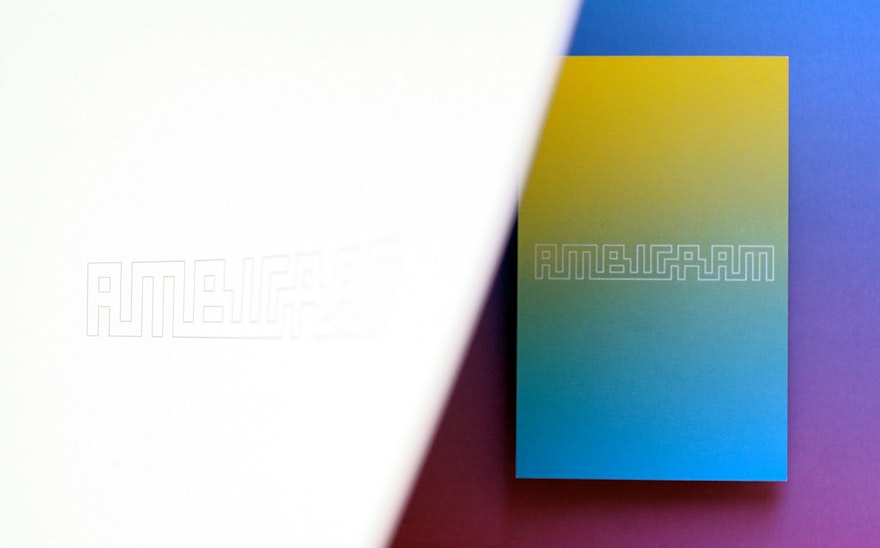

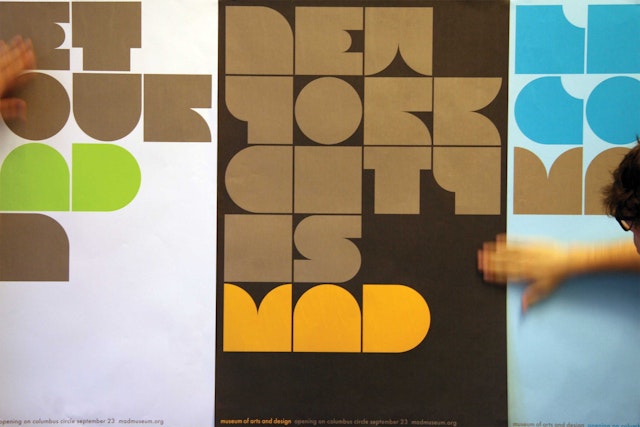


The geometric-based mark reflects the circles and squares present in the building's shape; its location, on Columbus Circle; and the building's iconic "lollipop" columns retained in the redesign.


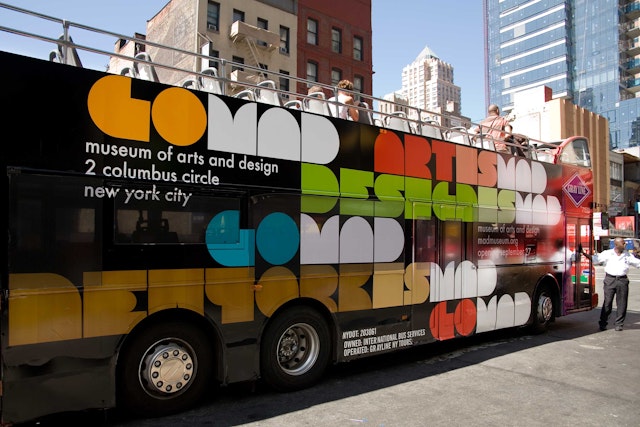

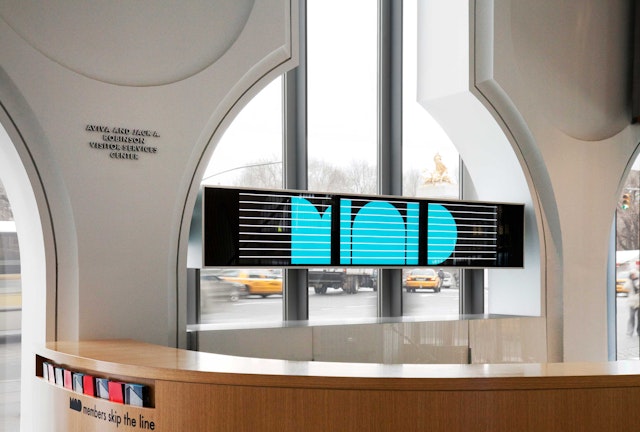

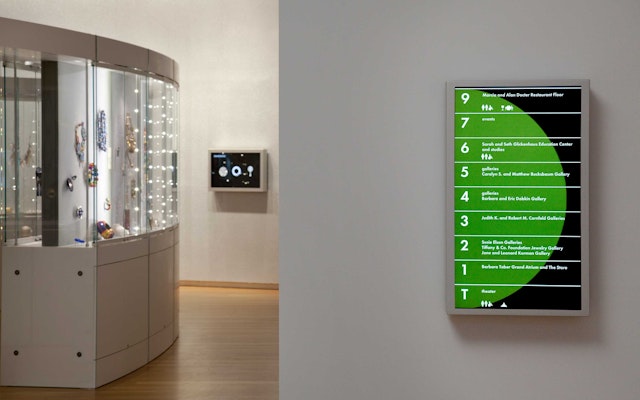


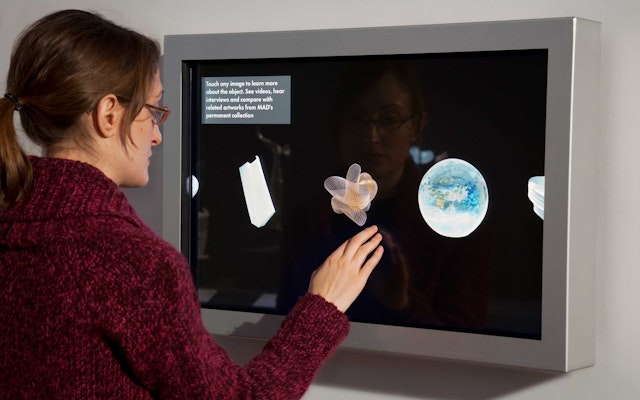



In 2008, the Museum of Arts and Design (MAD) opened the doors of its new home at 2 Columbus Circle following an extensive redesign of the building by Brad Cloepfil of Allied Works Architecture. Pentagram designed a new identity for the museum, as well as a series of media installations. The museum's new graphic identity can be seen throughout the city, on the sides of buses, on street banners, in print ads and in the subways. The geometric-based mark reflects the circles and squares present in the building's shape; its location, on Columbus Circle; and the building's iconic "lollipop" columns retained in the redesign.
Prior to 2002, the Museum of Arts and Design was called the American Craft Museum; it changed its name to accommodate the growing scope of its collection. Discussions of what is craft and what is art and design aside, the MAD acronym is a great asset. It's short, pronounceable and memorable. But it's also in some ways overly familiar. For example, there already is a well-known MAD logo on the magazine by the same name. As a result, part of the design approach was to make it surprising, less familiar, and proprietary—to come up with a MAD that could only be the Museum.
The designers also wanted a way of writing the name that could embody the values of the Museum, something that seemed inventive and surprising, and that could appear in different ways on different occasions. The Museum, after all, is dedicated to artists who take typical forms—say, vessels or chairs—and transform them over and over again.
In the end, the designers decided to start with MAD’s fantastic location. It’s a more or less square building that sits on the most prominent circle in Manhattan. By combining squares and circles, we came up with an alphabet that rendered a great MAD monogram. The designers then created an entire alphabet and numbers based on the basic MAD combination and again, made out of squares and circles, aptly named MAD Face. A more conventional typeface, Futura, is used in print applications and signage. Like the logo, it is also based on geometry, with a perfectly round letter “o.”
Lisa Strausfeld and her team have created a program of dynamic digital media for the Museum that includes animated totems that will serve as directories to the various floors of the Museum, screens facing the sidewalk that will let passersby know what’s happening inside, and interpretive kiosks with interactive databases that let visitors explore the collection. Pattern is a major element of the identity, as it is for the art, and Lisa's media installations present a shifting pattern of objects from the collection. Pentagram co-opted this pattern for the cover of the museum catalogue, MAD Book.
Sector
- Arts & Culture
Discipline
- Brand Identity
- Signage & Environmental Graphics
- Digital Experiences
Office
- New York
